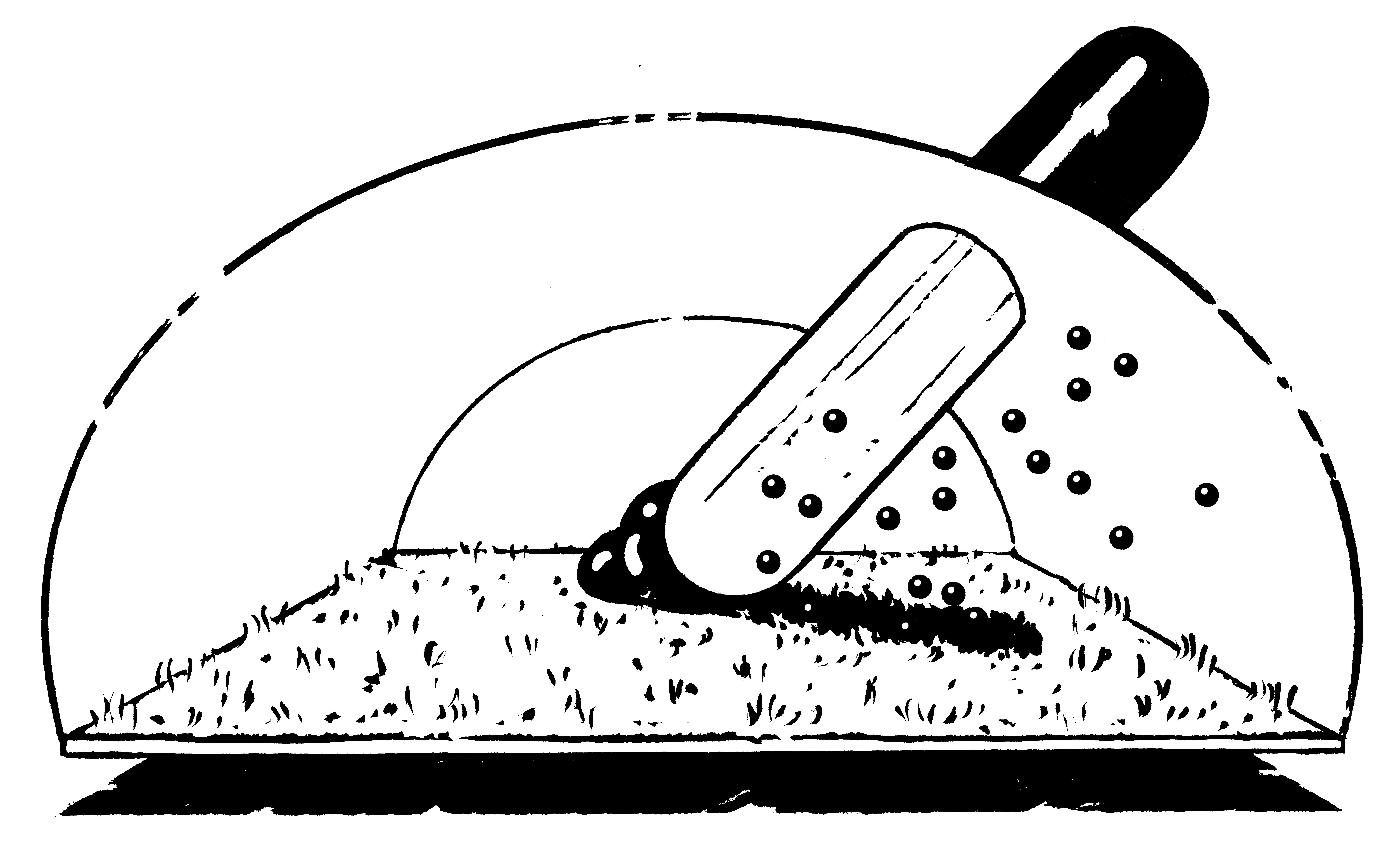Seminar: Co-evolution of the Technosphere
The biosphere has budded off a second global “sphere,” the technosphere, a technology-based system on which humans now depend—and which they find hard to control. Which tools, in terms of coevolutionary dynamics between man and machine, are needed to ensure human survival in the technosphere?
Read MoreIllustration by Benedikt Rugar
Prologue
What are the historical dynamics leading up to the Anthropocene and the technosphere? From a geological and co-evolutionary perspective, what is the significance of human actors on the one side and non-human organisms on the other? Starting from here, Jürgen Renn and Manfred Laubichler examine potential major phases of the Anthropocene and their connection with each other.
Résumé
About the Following Contributions
In this seminar the emergence, current extent, and impact of the technosphere as a decisive driver and a feature of the Anthropocene was discussed and tested, especially by reconciling it with the concept of biological, technological, cultural, and social co-evolution. Playing creatively with thematics and concepts from history, evolutionary biology, chemistry and resource management, physics, the arts, technology, and complexity theory, the seminar provoked some remarkable conversations, which brought new insight to an understanding of the long-term historical dynamics behind the creation of the Anthropocene, the extent (or absence) of human agency therein, and the power structures behind these developments.
The seminar unfolded in a series of highly stimulating plenary discussions, followed by intermediary sessions in three working groups, and concluding with a brief exercise in creating a timeline for the Anthropocene, which brought into view the different multi-scale and multilayered temporalities embedded in the concept. Highlights from the plenary discussions are available in an edited transcript. The working groups revolved around three basic themes: one that explored directly the concept of the technosphere and its level of autonomy; one devoted to applying the concept of co-evolution through storytelling; and a last that was concerned with analyzing and debating the political and economic structures behind the technosphere and the Anthropocene.
Owing to the formidable cross-disciplinary nature of these discussions, the contributions that emerged directly from the seminar aptly reflect a variety of approaches and formats. One contribution consists in a sheep-shaped measuring tape, used as a technological and standardization tool that enables collaboration and communication and scales down the Anthropocene to something more concrete and tangible. Two seminar participants contributed an academic paper that investigates homeostasis and feedbacks as guiding concepts, in order to compare the Earth in the Anthropocene to a dynamic biological system with its own anthropogenic forms of niche constructions, and to look at the implications between human beings and the planet. The third contribution is a fictional tale exploring the vulnerabilities of the system exposed through a future outbreak of an epidemic in which the distinction between humans and bacteria finally vanishes. Confronted with an undifferentiated anthropocenic nexus in which no boundaries exist, what then remains of the system that is the technosphere, not to speak of an optimized technospheric system?
- contributionSeth Denizen, Jonathan F. Donges
Somewhere, Somehow. A Co-Evolution Story
If dialectical distinctions between humans and bacteria were dissolved into an undifferentiated anthropocenic nexus, what new questions would emerge? A reflection by Seth Denizen and Jonathan F. Donges.
Experiment, Knowledge transformation, Human-environment relations, Scenario, Hybrid
- contributionIsadora Neves Marques, Mariana Silva
Agricultural Revolution vs. the Industrial Revolution
c. 10,000 BC marks the agreed date of the beginning of the Agricultural Revolution. In a seminar room during Anthropocene Campus 2014, a group debated where to mark the beginning of the Anthropocene.
Film, Agriculture, Time, Scale, Industrialization
- contributionEnrico Costanzo, Olivier Hamant
The Anthropocene in Light of Biological Feedback
An essay that explores the concept and implications of feedback, a step that is central to a better understanding of the Anthropocene.
Complexity, Technoscience, Evolution
- contributionHeather Davis
Technosphere / Co-Evolution: A Seminal Seminar Conversation
An edited transcript of a debate addressing the dynamical, co-evolutionary nature of the technosphere, its quasi-autonomous status, and the political stakes involved.
Conversation, Technosphere, Complexity, Knowledge production
- contributionAnna Lillie Svensson
Technostratigraphy of a technological object
Bringing the Anthropocene down to Earth: A measuring sheep serves well as a means to scale down huge concepts to graspable entities.
Reflection
Participants
Golnoush Abbasi
Arantzazu Saratxaga Arregi
Ravi Baghel
Artur van Balen
Francois Bucher
Alejandra Torres Camprubí
Guido Caniglia
Zachary Caple
Enrico Costanzo
Heather Davis
Maria Paula Diogo
Jonathan F. Donges
Owen Gaffney
Johan Gärdebo
Olivier Hamant
Sandra van der Hel
Hanna Husberg
Ellen Irons
Michael Jakob
Jens Kirstein
Scott Gabriel Knowles
Maya Kóvskaya
Roberto Lalli
Chip Lord
Agata Marzecova
Ben Mendelsohn
Emily Klancher Merchant
Sara Nelson
Eric Paglia
Matteo Pasquinelli
Tejal Shah
Sascha Pohflepp
Christopher Reznich
Christoph Rosol
Emanuele Serrelli
Ana Simões
Bryndís Snæbjörnsdóttir
Anna-Sophie Springer
Chris Strashok
Anna Lillie Svensson
Jol Thomson
Gustavo Valdivia
Josh Wodak
Pinar Yoldas

